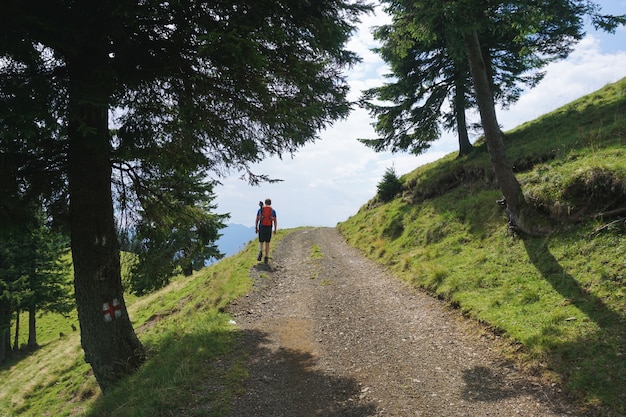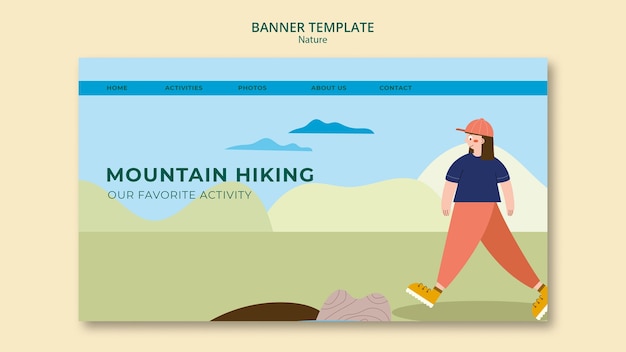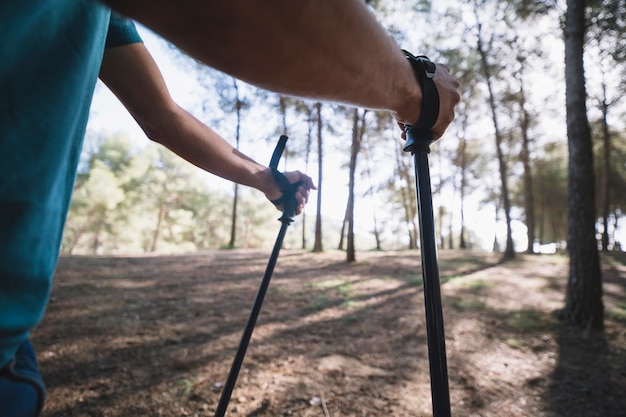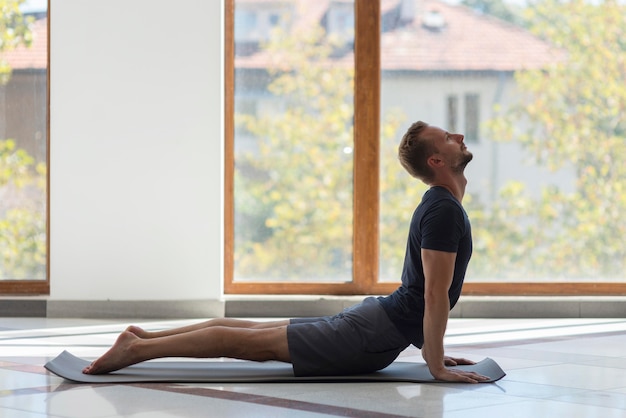Hiking is one of the most rewarding ways to connect with nature, boost physical fitness, and clear your mind. But if you live with back pain, the thought of a long trail might feel daunting—or even risky. The good news? With the right preparation, gear, and technique, hiking can actually support spinal health and reduce discomfort over time.
This comprehensive checklist gives you actionable steps to reduce injury risk, stay comfortable on the trail, and track your progress safely—so you can enjoy the outdoors without fear of flare-ups.
Contrary to common belief, movement is often better than rest for managing chronic back pain. Walking on natural terrain engages core muscles, improves posture, and increases blood flow to spinal tissues. However, improper preparation or technique can worsen symptoms. That’s why a structured approach is essential.

Before starting any new physical activity, especially if you have a history of disc issues, sciatica, or spinal surgery, get medical clearance. Your provider can help determine safe intensity levels and may recommend specific exercises or restrictions.
A strong core stabilizes your spine during movement. Include exercises like bird-dogs, planks, and bridges in your routine 3–4 times per week. Start with low reps and focus on form. Progress gradually as strength improves.
Begin with flat, well-maintained trails under 3 miles. Avoid steep inclines or rocky, uneven terrain until you build endurance. Use trail apps to check elevation gain and surface type. Ideal options include paved nature loops or packed dirt paths.

Supportive hiking shoes with good arch support and cushioning reduce impact on your spine. Look for models with midsole stability and a firm heel counter. Replace worn-out shoes every 300–500 miles.
Carrying excess weight stresses the lower back. Use a backpack with padded shoulder straps, a waist belt, and a sternum strap to distribute weight evenly. Keep total pack weight under 10% of your body weight. Store heavier items close to your back and centered.
Keep your head up, shoulders relaxed, and core gently engaged. Avoid leaning forward or hunching. Imagine a string pulling the crown of your head upward. Take breaks every 30–45 minutes to reset your posture.
Trekking poles reduce spinal load by up to 25%, especially on descents. They improve balance and help maintain rhythm. Adjust poles so your elbows form a 90-degree angle when holding the grips.

Sit on a log or rock to stretch your lower back, hamstrings, and hips. Try gentle seated forward bends or knee-to-chest stretches. Hydrate during breaks to keep spinal discs lubricated.
Use a 0–10 pain scale. If discomfort exceeds a 3 during the hike, stop and assess. Mild muscle fatigue is normal; sharp, radiating, or worsening pain is not. Turn back if needed—there’s no shame in prioritizing long-term health.
After your hike, spend 10 minutes stretching your back, glutes, and legs. Use a foam roller gently on tight areas, avoiding direct pressure on the spine.
If you feel stiffness or soreness, apply a heating pad for 15–20 minutes to relax muscles. For acute inflammation, use ice wrapped in a cloth for the same duration.
Keep a hiking journal or use a mobile app to log trail distance, elevation, pack weight, and pain levels. Over time, look for trends: Are you hiking longer with less discomfort? Are certain trails or gear choices more comfortable? This data helps you make informed decisions.
If back pain persists more than 48 hours after a hike, worsens with activity, or is accompanied by numbness, tingling, or weakness in the legs, consult a healthcare professional. These could be signs of nerve involvement needing targeted care.
Hiking with back pain doesn’t mean giving up adventure—it means adapting it. With smart preparation, body awareness, and gradual progression, you can build resilience, enjoy nature, and improve your spinal health. Start small, listen to your body, and celebrate every step forward.
Your next pain-free hike is within reach. Lace up, pack light, and take it one trail at a time.

Wellness

Wellness

Wellness

Wellness

Wellness

Wellness

Health

Fitness

Fitness

Wellness

Wellness

Health

Health

Fitness

Health

Health